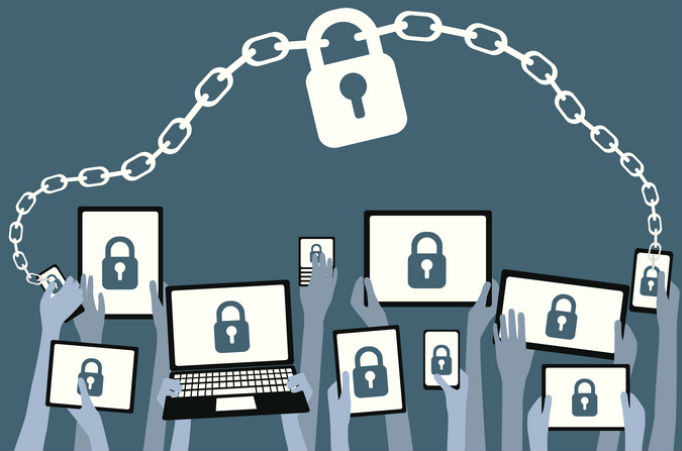Healthcare IoT Infrastructure Relies on Device-to-Cloud Security
Healthcare IoT infrastructure depends on big-picture security solutions to protect all devices as they connect to the cloud.

Source: Thinkstock
- Samsung announced its ARTIK secure “s” systems-on-modules and services for the ARTIK IoT Platform to strengthen device-to-cloud security for organizations building their healthcare IoT infrastructure.
The tool increases edge security so organizations can oversee better interoperability between devices and the cloud, as well as manage intelligent IoT devices and the services they provide.
The platform includes production-ready hardware, software and tools, and cloud services. The ARTIK IoT modules also allow organizations to secure their end points at the device level for safe data exchange. The devices in the ARTIK ecosystems can access services including device onboarding, orchestration, management, and over-the-air updates.
“Security in the age of IoT means new levels of complexity and risk. The next generation of IoT products and services will be more deeply integrated into our lives than ever before,” Samsung ARTIK IoT Senior Vice President and General Manager James Stansberry said in a statement. “Unfortunately, most companies are not prepared to address the challenges of securing every link of the chain, from device to IoT cloud.”
The ARTIK IoT modules support edge nodes, such as sensors and controllers, to more complex IoT devices such as healthcare monitors. They combine hardware-backed security with pre-integrated memory, processing, and connectivity to support a broad range of IoT applications. This protects the devices from being controlled by cyber attackers trying to gain access to the network.
The IoT modules are able to provide this level of security because they establish trust between the devices and the cloud by storing unique ID keys stored in tamper-resistant hardware. The public key infrastructure also requires mutual authentication to the cloud so each device accessing the network is identified and verified.
The modules include a built in, hardware-protected Trusted Execution Environment (TEE) with a secure operating system and secure library so protected resources can be stored and managed.
“Hardening the security of IoT devices once the product has been deployed is extremely difficult,” Frost and Sullivan Digital Transformation Industry Director Vikrant Gandhi said in a statement. “Manufacturers must use components that have built-in defenses for both device and data integrity.”
The ARTIK IoT Platform also integrates with Samsung’s unified IoT platform, SmartThings Cloud, so interoperability will be possible between third party IoT devices and Samsung’s IoT cloud services.
The new SmartThings cloud will combine Samsung’s existing IoT cloud services Samsung Connect Cloud and ARTIK Cloud into one IoT cloud platform. The consolidation of these cloud services will make it easier for organizations to connect IoT devices across their infrastructure so they can continue to add devices and applications to their networks.
Securing IoT devices and their connection to the cloud is vital to healthcare organizations embracing mobility for a more flexible and modern workflow.
The potential of healthcare IoT devices is invaluable to the industry as the devices’ ability to gather and communicate actionable data becomes more relevant and expected. However, the more devices organizations add to their health IT infrastructure, the more likely they are to get hacked.
This reality makes IoT security a top priority for entities looking to digitize their IT infrastructure with more IoT devices.
A recent Market Research Future report predicted that the global healthcare IoT security market will reach $15.82 billion, growing at a CAGR of 22 percent from 2016 to 2022.
“IoT can be remotely controlled and is highly automated across existing network infrastructure, resulting in improved efficiency, accuracy and economic benefit in addition to reduced human intervention,” researchers explained.
Entities don’t have the capacity to implement IoT devices and worry about device security. The automation of IoT device security can cause security gaps if all the bases are not covered, which is why healthcare organizations need to implement IoT security solutions that cover all connections from the device, to the cloud.
